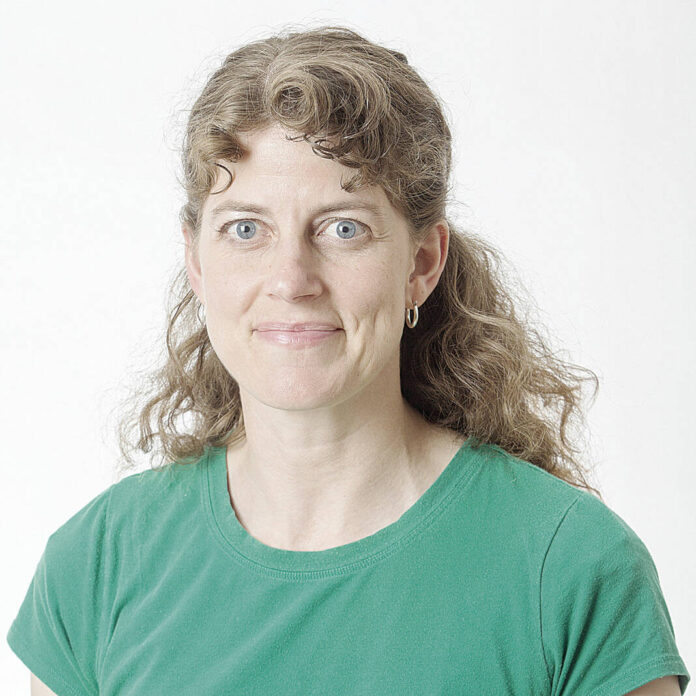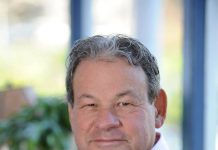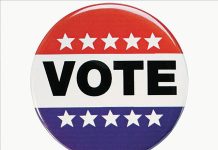I recently read “The End of Bias: A Beginning” by Jessica Nordell as part of the faculty/community book read at IUPUC and Ivy Tech. Nordell first explains the problems bias causes and then shares ways we can interrupt bias and reduce its negative impacts.
While some effects of bias are obvious (racial profiling, hate crimes, redlining), many are subtle and build up over time. Nordell and computer scientist Kenny Joseph created a computer simulation to measure the cumulative effects of workplace gender bias. They introduced five typical biases that affect women at work and made just a 3% difference in how men and women were treated. After 20 promotion cycles, men came to represent 82% of the top positions. This can lead to people quitting their jobs and not being able to succeed in their careers. Subtle bias can also be more difficult to deal with than overt bias since a person is left questioning and second-guessing their own perceptions. Additionally, the homogeneity that remains after such accumulation of bias can lead to blind spots within an organization as varied views, ideas, and experiences are not considered.
So, how do we interrupt our biases? In the late 1980s, Patricia Devine studied prejudice in graduate school and concluded that prejudice could be a habit. She “deduced that people could consciously reject prejudice on one hand and behave in biased ways out of habit on the other.
“They might be aware of decisions they made based on their conscious beliefs but not alert to reactions that were influenced by their deep associations.” Devine doesn’t believe that having biased associations means you are a bad person. It just means you exist in a culture. We absorb “cultural knowledge” from the world around us — some is true and some is not. “Over time, this information becomes deeply embedded as associations and stereotypes. When we encounter someone or something that triggers those associations, our cultural knowledge affects how we react to the situation at hand, including the way we act, what we say, and how we feel.”
Devine and psychologist Will Cox now teach workshops to help people recognize their habits, become motivated to change them, and find strategies that replace their old habits with new ones. Some of their strategies to deal with bias include noticing when stereotypes occur and actively replacing them with alternative images. Getting to know people who are different from you and envisioning the perspective of the other person are additional strategies to use. Devine and Cox also encourage us to look for situational reasons for a person’s behavior instead of assuming the behavior comes from some inherent characteristic. For example, in one workshop, a teacher realized that “when her white students turn assignments in late, she asks them if something is going on at home. When her Black students turn assignments in late, she does not ask them anything.”
Los Angeles County took the idea of getting to know people who are different from you and in 2011 created a new police program called the Community Safety Partnership. The program was run in several public housing developments in Watts and East LA where gang violence caused many problems. Instead of focusing on arrests, police officers were to work on building relationships and establishing trust in the communities. Residents were skeptical. Officers received training in the history of slave patrols and the different cultures in the communities to gain understanding of the residents they would be working with. Eventually, connections and trust were established, and violent crime decreased.
Nordell also explores how “choice architecture” can decrease biased decision making. Choice architecture describes how “the context within which we make a choice has a profound influence on the way we choose.” For instance, University of Minnesota researchers coaxed students into eating more vegetables by giving the kids carrots as soon as they entered the cafeteria instead of having the carrots next to French fries and pizza in the lunch line. The carrots were now competing against the kids’ hunger and not the French fries. Nordell shared examples of medical systems coming up with checklists used for every patient to improve treatment for blood clots, cardiac referrals, and infections in intensive care units. Other examples include orchestras having curtained auditions where the musicians are separated from the judges by a curtain or screen. The curtain prevents bias and stereotypes from entering into the judges’ decisions. Screening all students instead of relying on teacher or parent referrals to identify gifted students is another example.
We could all use some help in eliminating our unexamined biases. We need to realize when we start stereotyping others so we can change that habit and not make assumptions about others and their behavior. We can get to know people who are different from us and try to understand their perspective. We can also work to set up systems that prevent bias from creeping into decision making. Nordell discusses several other ways to interrupt bias and I encourage you to read her book to learn more.
Susan Cox is one of The Republic’s community columnists, and all opinions expressed are those of the writer. She is an avid reader, an outdoor enthusiast, a mother, a grandmother, and an adjunct instructor of English at IUPUC. She can be reached at [email protected].





